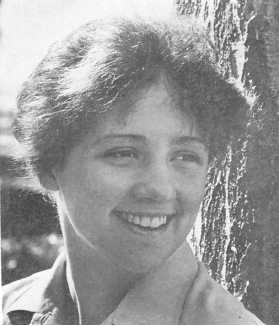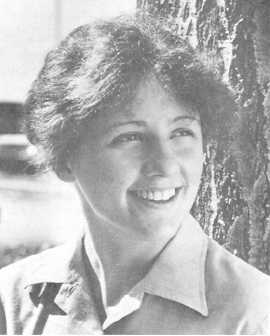Figure 11-13.—Backlighting without a reflector.
when lighted from the side. Landscapes, buildings and
people all look better when lighted from the side.
This principle also applies to color photography.
Color gives the viewer extra information about the
subject that may make up for a lack of texture in
frontlighting, but often the result is much better when
lighted from the side.
Backlighting
When the sun is in front of the photographer,
coming directly at the camera, you have what is referred
to as backlighting (fig. 11-13); that is, the subject is
backlighted. This type of lighting can be very effective
for pictures of people outdoors in bright sunlight. In
bright sunlight, when subjects are frontlighted, or even
sidelighted, they may be uncomfortable and squint.
Backlighting helps eliminate this problem. Backlighting
may require the use of a reflector or fill-in flash to
brighten the dark shadows and improve subject detail
(fig. 11-14). Backlighting also is used to produce a
silhouette effect.
When you use backlighting, avoid allowing sun
rays to fall directly on the lens (except for special
effects). Use a lens hood or some other means of shading
the lens to prevent lens flare.
Figure 11-14.—Backlighting using a reflector.
EXISTING LIGHT
Existing light photography, sometimes called
available or natural light photography, is the making of
pictures by the light that happens to be on the scene.
This includes light from table, floor and ceiling lights,
neon signs, windows, skylights, candles, fireplaces,
automobile headlights, and any other type of light that
provides the natural lighting of a scene — except
daylight outdoors (moonlight is considered existing
light). Existing light is that type of light found in homes,
in offices, in the hangar bay, in the chapel, in the club, in
sports arenas, and so on. Outdoor scenes at twilight or
after dark are also existing light situations.
Photography by existing light produces pictures that
look natural. Even the most skillfully lighted flash
picture may look artificial when compared to a good
existing
light
photograph.
With
existing
light
photography, the photographer has an opportunity to
make dramatic, creative pictures. Existing light allows
the photographer greater freedom of movement because
he is not burdened with extra lighting equipment.
Subject distance, when not using flash, has no effect on
exposure, so you can easily photograph distant subjects
that could not otherwise be photographed using flash or
some other means of auxiliary lighting. With existing
11-13




